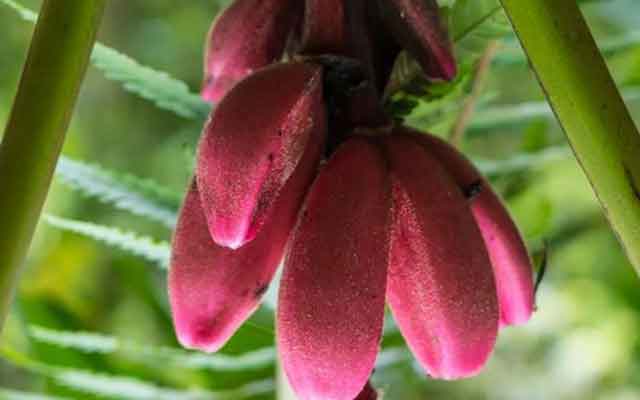Why Does Sargassum Wash Ashore Every Year?
What is Sargassum? Understanding the Seaweed Phenomenon
Reading time : 1 minute,
Discovery Chepe Id-727-ECO
Published in
05-29-2025

In recent years, sargassum has become a growing environmental concern for coastal communities, especially in the Caribbean, the Gulf of Mexico, and parts of West Africa. But what exactly is this invasive seaweed, and why is it making headlines across the globe?
What is sargassum?
Sargassum is a type of brown algae that floats on the ocean surface. It belongs to the genus Sargassum, and it's composed of leafy structures with small, round air bladders that keep it buoyant. Unlike many seaweeds that are anchored to the ocean floor, sargassum drifts freely across the sea, often accumulating in large mats that can stretch for miles.
Where does it come from?
The main origin of this seaweed is the Sargasso Sea, a unique region of the North Atlantic Ocean surrounded by ocean currents. However, in the last decade, vast quantities of sargassum have started appearing in a new zone: the Atlantic equatorial region between Brazil and West Africa. This newly dubbed "Great Atlantic Sargassum Belt" is now the largest bloom of macroalgae in the world.
How is it formed?
The formation of massive sargassum blooms is a complex process that involves a combination of natural and human-made factors:
1- Rising ocean temperatures: Climate change has caused ocean surface temperatures to rise, providing an ideal environment for sargassum to thrive.
2- Nutrient enrichment: Runoff from agriculture, especially fertilizers rich in nitrogen and phosphorus, flows into rivers like the Amazon and ends up in the ocean. These nutrients act as a powerful "fertilizer" for the algae.
3- Ocean currents and wind patterns: Changes in currents and wind distribution, also tied to global warming, help spread sargassum over long distances.

Sargassum: Its Impact on Beaches and Coastal Ecosystems
Why is sargassum a problem?
Though sargassum plays an important role in the ocean ecosystem -providing shelter and food for marine life-its uncontrolled arrival to beaches is having severe consequences:
Environmental impact: Large mats of sargassum block sunlight from reaching coral reefs and seagrasses. When it decomposes, it consumes oxygen and can lead to the death of marine species.
Impact on tourism: Tourists often avoid beaches covered in rotting seaweed, which emits a strong sulfur-like odor. This can lead to hotel cancellations and economic losses for coastal communities.
Health hazards: Decomposing sargassum releases hydrogen sulfide gas. In high concentrations, it can cause eye irritation, headaches, and even respiratory problems.
Economic damage: The cost of removing tons of sargassum from beaches is a burden for local governments and businesses. In some cases, cleanup efforts must occur daily.
How are affected regions responding?
Many Caribbean nations and coastal cities in Mexico have started implementing mitigation strategies:
a) Barrier installation: Floating barriers are being placed offshore to prevent the seaweed from reaching beaches.
b) Mechanical removal: Specialized equipment is used to gather the sargassum before it decomposes.
c) Research and innovation: Scientists are studying new ways to convert sargassum into usable materials like biofuel, fertilizer, and even bricks.
What can we do?
While large-scale oceanic changes are hard to control, there are steps individuals and governments can take:
- Reduce fertilizer use: More responsible agricultural practices can reduce nutrient runoff.
- Support sustainable tourism: Visiting eco-conscious hotels and supporting conservation efforts can help communities adapt.
- Stay informed: Understanding the issue is the first step in taking action. You can read more on sites like UNEP or the NOAA.
A global challenge with no borders
The story of sargassum is a reminder that the ocean connects us all. What happens in the Amazon rainforest or on a farm in West Africa can affect a beach in Cancún or Barbados. It''s a floating symbol of how interconnected climate, agriculture, and ocean health truly are.
As we look to the future, understanding and addressing the root causes of sargassum blooms must become part of our global environmental agenda.
#sargassum Humacao PR #sargazo pic.twitter.com/PcNSpgWn1Y
— John Morales (@JohnMoralesTV) May 28, 2025
See Also
Discovery Chepe
Most read...















